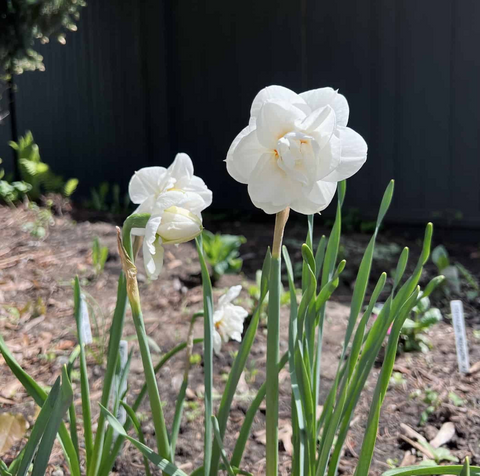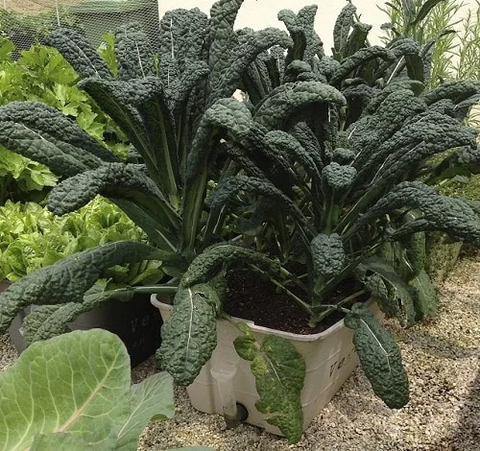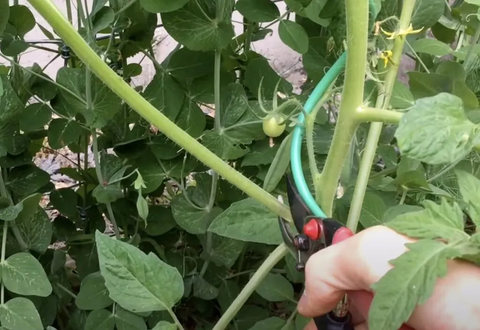As the vibrant colors of fall fade and the crisp air signals the arrival of winter, it's time for gardeners to engage in a crucial ritual—late fall garden cleanup. This process isn't just about tidying up; it's a strategic investment in the health and vitality of your garden come spring. In this comprehensive guide, we'll explore the essential tasks for a successful late fall cleanup, ensuring your garden emerges stronger and more beautiful when the warmer days return.The following content also has some reference value for raised garden beds.

The Importance of Late Fall Cleanup: Beyond Aesthetic Appeal
- Disease Prevention:
- Removing spent plants, fallen leaves, and other debris minimizes the risk of diseases lingering in the soil over winter.
- Diseases such as powdery mildew and various fungi thrive in decaying plant matter.
- Pest Control:
- Many pests, including insects and rodents, seek shelter in garden debris during the winter.
- A thorough cleanup disrupts their habitats, reducing the likelihood of infestations.
- Soil Health:
- Clearing away plant remnants allows the soil to breathe and absorb winter precipitation.
- Well-drained soil prevents waterlogging, which can harm plant roots.
- Weed Prevention:
- Removing weeds before they go to seed in the fall prevents the spread of weed populations in the spring.
- Weed-free beds create a cleaner, more hospitable environment for desired plants.
Essential Late Fall Cleanup Tasks: Preparing for a Fresh Start
- Clearing Debris:
- Remove dead plants, fallen leaves, and any other organic matter from the garden beds.
- Cut back perennials to ground level, leaving behind only those with winter interest.
- Weeding:
- Pull out any remaining weeds, focusing on removing the roots to prevent regrowth.
- Consider applying a layer of mulch to suppress weed growth during winter.
- Pruning:
- Trim back shrubs and trees, removing dead or diseased branches.
- Prune fruit trees to shape and promote healthy growth.
- Dividing and Transplanting:
- Fall is an excellent time to divide and transplant perennials that may have outgrown their space.
- Replant divisions or move plants to new locations for a refreshed garden
- Compost and Mulch:
- Incorporate well-rotted compost into the soil to replenish nutrients.
- Apply a layer of mulch to insulate plant roots and protect them from winter temperature fluctuations.

Tips for a Healthy Spring Start: Looking Ahead
- Soil Testing:
- Take advantage of the fall cleanup to collect soil samples for testing.
- Adjust soil amendments based on test results to ensure optimal nutrient levels.
- Tool Maintenance:
- Gardening tools should be sharpened and cleaned before being stored for the winter.
- This ensures they're ready for action when the gardening season resumes.
- Winter Protection:
- Consider adding a layer of protective mulch around vulnerable plants to shield them from harsh winter conditions.
- Install windbreaks or burlap screens to safeguard plants from winter winds.
- Reflect and Plan:
- Take note of what worked well and what could be improved in your garden.
- Use the winter months to plan for spring, researching new plant varieties and design ideas.

Conclusion: A Winter-ready Garden for a Glorious Spring
Late fall garden cleanup is more than a seasonal chore—it's an investment in the future health and beauty of your garden. By diligently clearing away debris, preventing disease and pests, and preparing the soil for winter, you set the stage for a garden that will burst with life come spring. Embrace the tasks of late fall with enthusiasm, knowing that each action contributes to the resilience and vibrancy of your outdoor haven. As winter settles in, your garden will be quietly preparing for a spectacular show when the first blooms of spring make their grand entrance.









